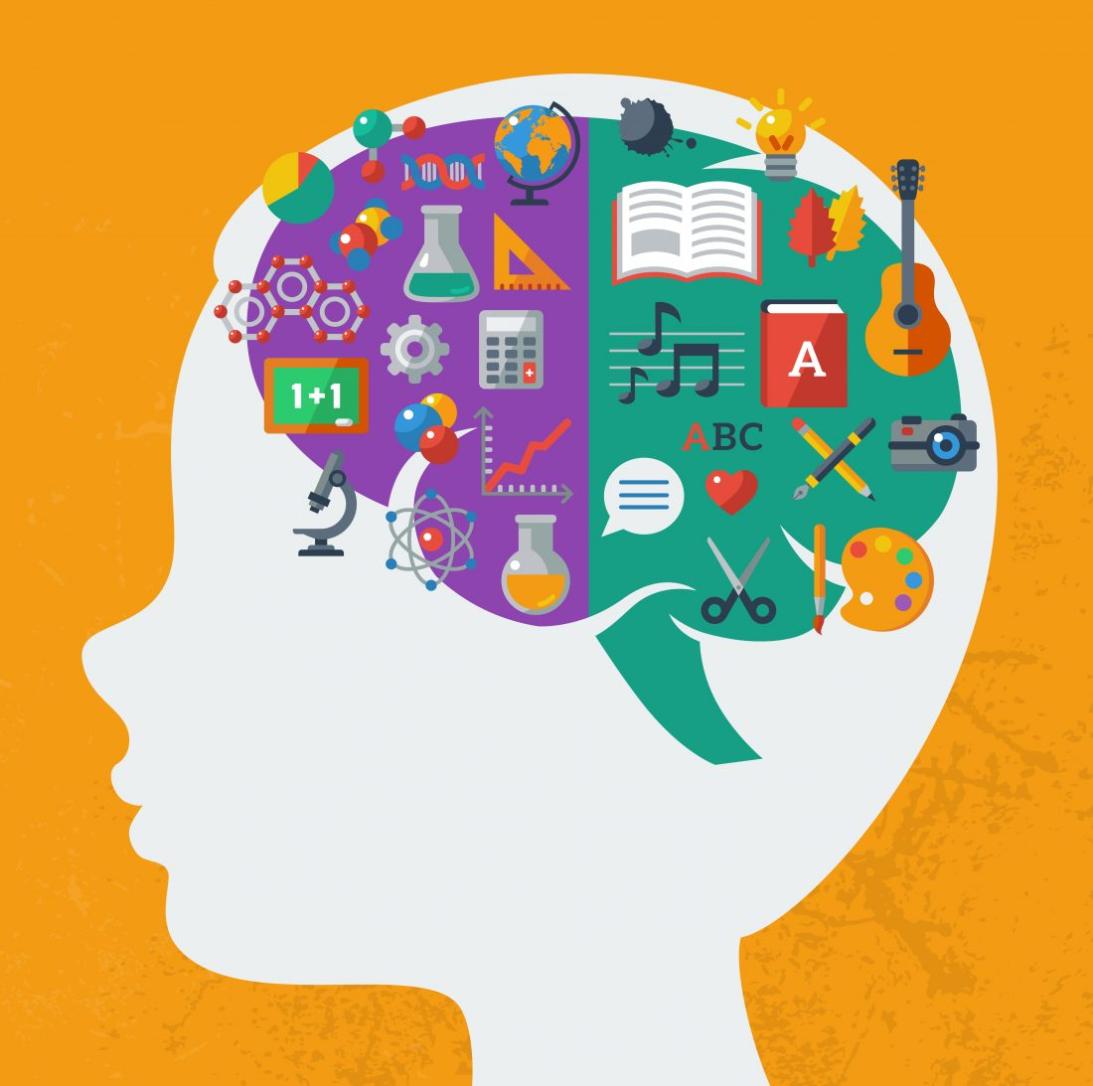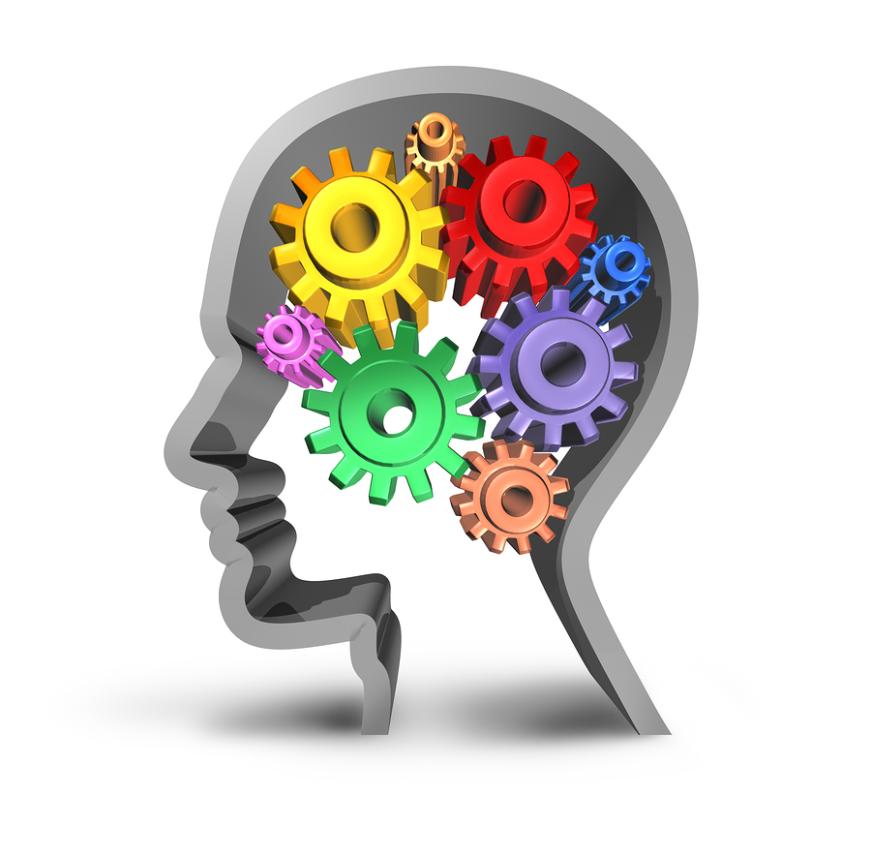How Can We Use Brain Insights to Create More Effective Learning and Training Programs?
The human brain is a complex and fascinating organ that is responsible for our thoughts, feelings, and behaviors. In recent years, there has been a growing body of research on how the brain learns. This research has provided valuable insights that can be used to create more effective learning and training programs.

Understanding How The Brain Learns
The brain is a lifelong learning machine. It is constantly adapting and changing in response to new experiences. The brain learns best when it is actively engaged and when it is provided with meaningful feedback. The brain also learns best when it is able to make connections between new information and existing knowledge.
Key Principles Of How The Brain Learns:
- Active Engagement: The brain learns best when it is actively involved in the learning process. This means that learners should be encouraged to think critically, solve problems, and apply new information to real-world situations.
- Meaningful Feedback: The brain needs feedback to learn effectively. Feedback helps learners to identify areas where they need to improve and to make adjustments to their learning strategies.
- Making Connections: The brain learns best when it is able to make connections between new information and existing knowledge. This means that learning should be organized in a way that allows learners to see how new information fits into the bigger picture.
- Emotion and Motivation: The brain is more likely to learn information that is emotionally charged or that is personally relevant. Motivation also plays a key role in learning. Learners who are motivated to learn are more likely to pay attention, remember information, and apply it to new situations.
Applying Brain Insights To Learning And Training
There are a number of ways that brain insights can be applied to learning and training. Some of the most effective methods include:
Effective Learning And Training Methods:
- Active Learning: This involves engaging learners in activities that require them to think critically and solve problems. Active learning can be done through a variety of methods, such as group discussions, role-playing, and simulations.
- Feedback: Providing learners with feedback on their performance helps them to identify areas where they need to improve. Feedback can be provided by instructors, peers, or self-assessment tools.
- Meaningful Content: Learners are more likely to remember and understand information that is relevant to their lives and interests. When designing learning materials, it is important to consider the needs and interests of the learners.
- Making Connections: Helping learners to make connections between new information and existing knowledge helps them to build a deeper understanding of the material. This can be done through the use of analogies, metaphors, and real-world examples.
- Emotion and Motivation: Incorporating emotion and motivation into learning can help to improve learner engagement and retention. This can be done through the use of storytelling, humor, and interactive activities.
Creating More Effective Learning And Training Programs
By using brain insights, we can create learning and training programs that are more effective and engaging. These programs should be designed to:
Designing Effective Learning And Training Programs:
- Capture Learners' Attention: The first step to effective learning is to capture learners' attention. This can be done by using a variety of methods, such as storytelling, humor, and visuals.
- Activate Prior Knowledge: Before learners can learn new information, they need to activate their prior knowledge. This can be done by asking them questions, providing them with background information, or having them complete a pre-test.
- Present Information in a Meaningful Way: Learners are more likely to remember and understand information that is presented in a meaningful way. This can be done by using real-world examples, analogies, and metaphors.
- Provide Opportunities for Practice: Practice is essential for learning. Learners need to have the opportunity to apply new information in different contexts. This can be done through activities such as role-playing, simulations, and problem-solving exercises.
- Provide Feedback: Feedback is essential for learning. Learners need to know how they are doing in order to make adjustments to their learning strategies. Feedback can be provided by instructors, peers, or self-assessment tools.
- Evaluate and Revise: It is important to evaluate the effectiveness of learning and training programs on a regular basis. This can be done by collecting feedback from learners and by tracking their performance. The results of the evaluation can then be used to revise the program and make it more effective.

By using brain insights, we can create learning and training programs that are more effective and engaging. These programs can help learners to achieve their full potential and to succeed in their chosen field.
YesNo

Leave a Reply